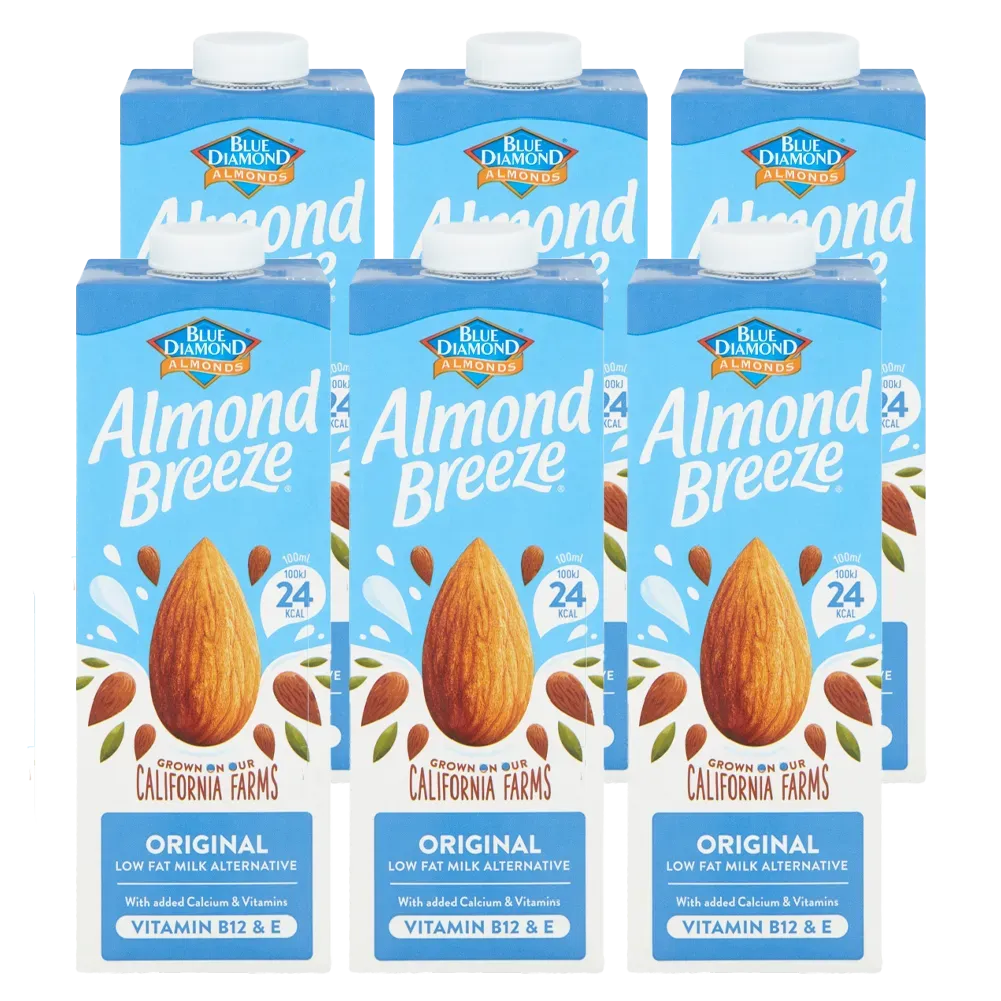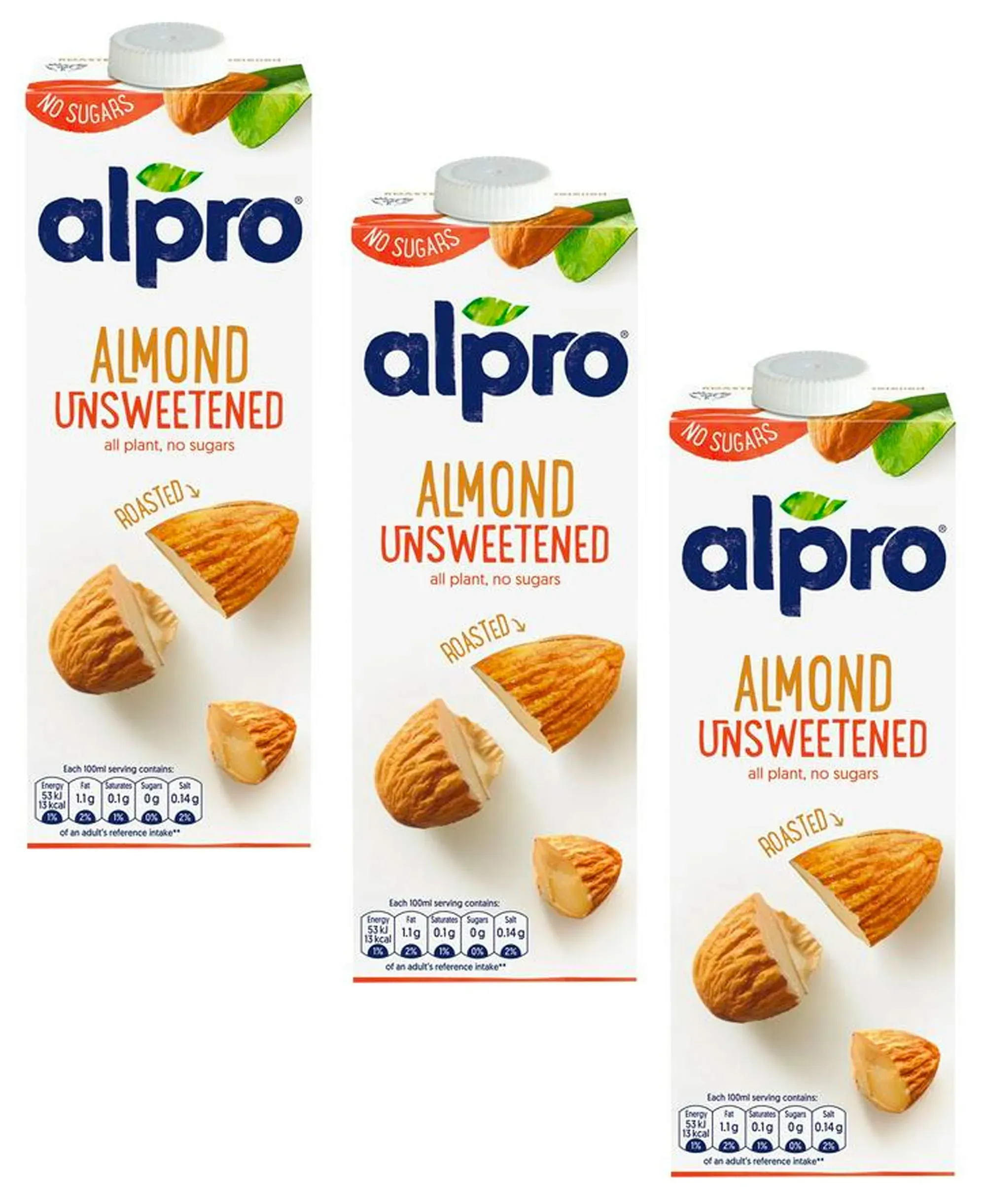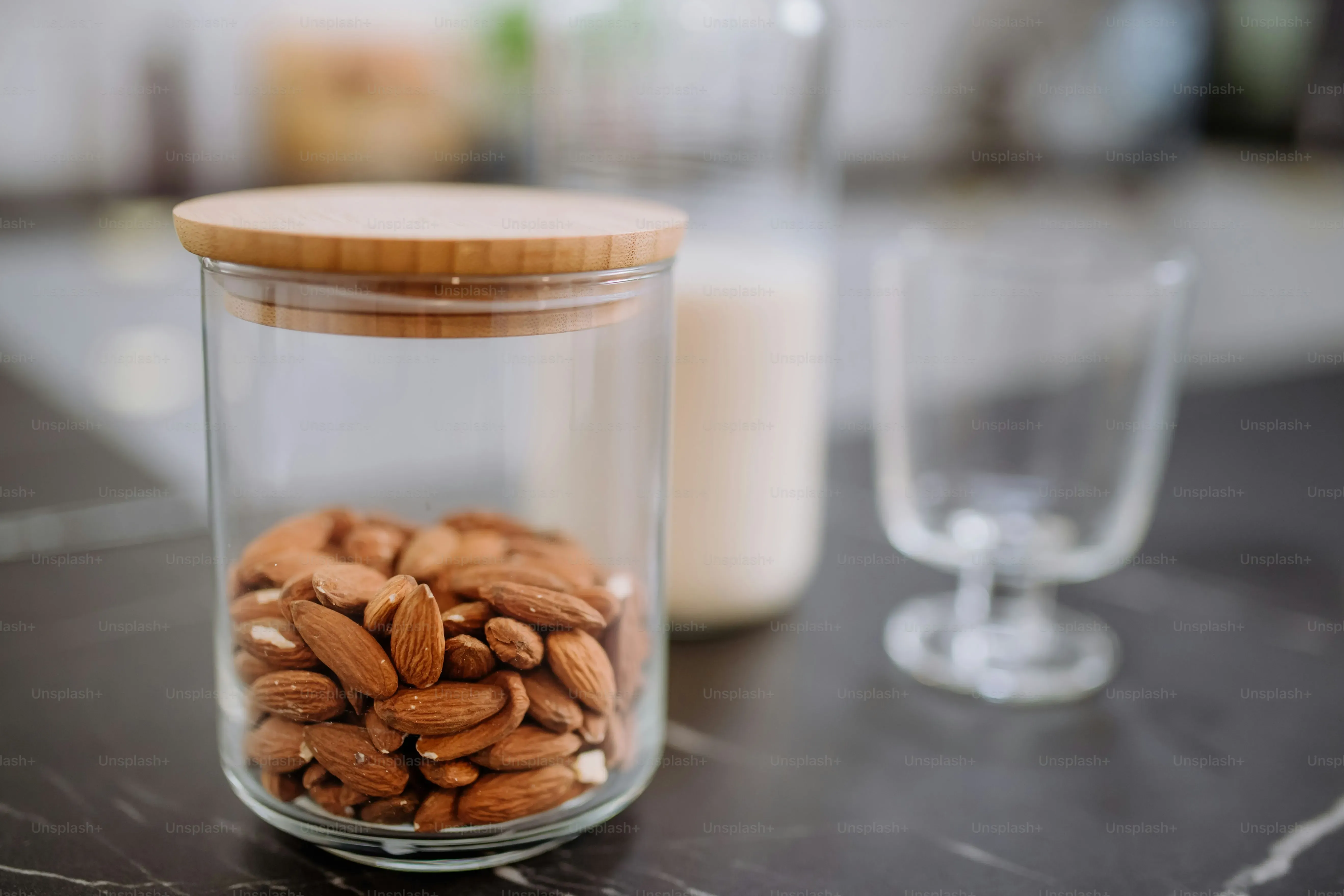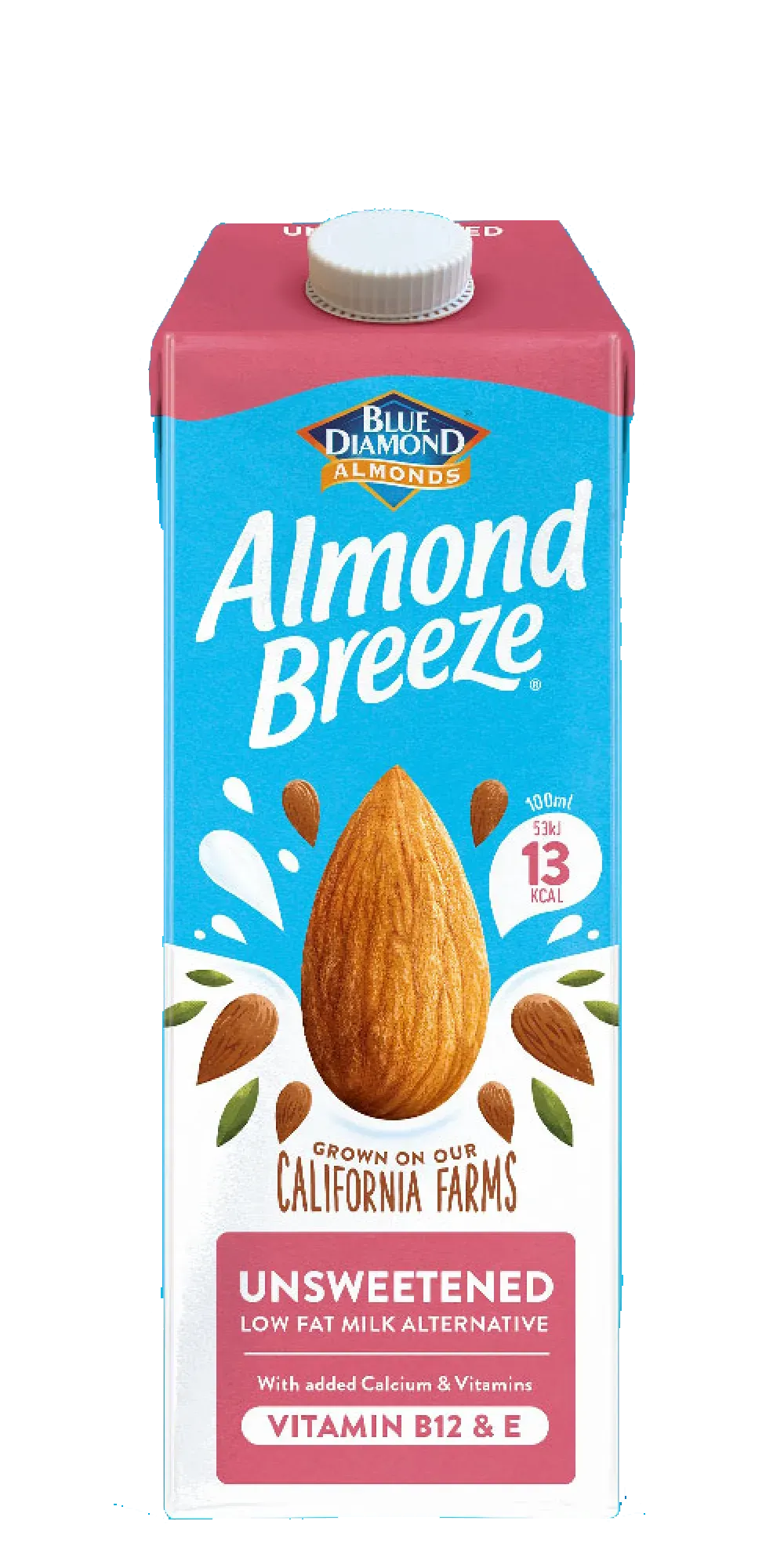Table of Contents
Alright, let's talk about dairy alternatives. Maybe you're cutting back on animal products, maybe your stomach just doesn't agree with cow's milk anymore, or maybe you're just curious about what else is out there. Whatever the reason, you've probably seen a gazillion options crowding the dairy case. Among them, almond milk stands out, but sometimes you want something with fewer calories than the standard unsweetened stuff, or maybe you're just trying to reduce overall fat intake. That's where low fat almond milk steps in. It’s become a go-to for many seeking a lighter option in their coffee, cereal, or smoothies.
Getting Real About Low Fat Almond Milk: What It Actually Is

Getting Real About Low Fat Almond Milk: What It Actually Is
Breaking Down the Basics
So, you grab a carton labeled "low fat almond milk," thinking it's just a lighter version of the regular stuff. And in a way, it is. At its core, you're still dealing with ground almonds mixed with water. That's the foundation. Manufacturers then strain out the solids, leaving you with a milky liquid. But here's where the plot thickens, literally and figuratively. To achieve that "low fat" status, they adjust the ratio, often using less almond paste or adding more water compared to standard almond milk. This can impact the texture and flavor, which is why sometimes it feels a bit... thin.
The Difference Makers: Fat and Beyond
The main difference, obviously, is the fat content. Regular unsweetened almond milk usually has around 2.5 to 3 grams of fat per cup, primarily monounsaturated fats, which are generally considered decent fats. Low fat versions slash this down, often to 1.5 grams or less per cup. This reduction in fat usually means a drop in calories too. However, pulling out fat can make the drink feel less creamy. To counteract this, companies often add thickeners and stabilizers like gellan gum, locust bean gum, or sunflower lecithin. They also might bump up the sugar content in sweetened versions to improve taste, so you need to read those labels carefully.
- Standard Unsweetened Almond Milk: ~3g fat, ~35-40 calories per cup. Creamier texture.
- Low Fat Unsweetened Almond Milk: ~1.5g fat, ~25-30 calories per cup. Thinner texture, potentially more additives for body.
- Sweetened versions (both): Add sugar, increasing calories significantly.
Beyond the Label: What Else is Lurking?
It's easy to get caught up in just the fat and calorie count when looking at low fat almond milk. But there's more to the story. Many brands fortify their almond milk with vitamins and minerals that aren't naturally present in significant amounts, like calcium, Vitamin D, and Vitamin E. This is often done to make it nutritionally comparable to dairy milk. However, the type and amount of these added nutrients can vary wildly between brands. Also, watch out for added sugars, even in products that don't explicitly say "sweetened." Sometimes they sneak it in to make it more palatable, especially after reducing the fat.
The Skinny on Benefits: Why Low Fat Almond Milk Might Be Your Pick

The Skinny on Benefits: Why Low Fat Almond Milk Might Be Your Pick
so you're eyeing that carton of low fat almond milk, wondering if it's just marketing hype or if there's actually a reason to choose it over, say, oat milk or even regular almond milk. The most obvious benefit, right there in the name, is the lower fat content. If you're tracking macros or just trying to slightly reduce overall fat intake, opting for low fat almond milk shaves off a few grams per serving compared to its full-fat sibling. This reduction in fat also translates to fewer calories, which can be appealing if you're managing your calorie intake. Plus, for anyone avoiding dairy due to allergies, intolerance, or ethical choices, low fat almond milk offers a convenient, plant-based alternative that fits into many dietary frameworks without the heaviness that sometimes comes with higher-fat options.
Beyond Cereal: Creative Ways to Use Low Fat Almond Milk

Beyond Cereal: Creative Ways to Use Low Fat Almond Milk
Whipping Up Lighter Baked Goods and Sauces
so you've probably poured low fat almond milk on your granola a hundred times. Big deal. But this stuff isn't just for breakfast. It can actually step in for dairy milk in a surprising number of recipes, especially when you want to keep things a bit lighter. Think muffins, pancakes, or even quick breads. Swapping in low fat almond milk reduces both the fat and calories compared to using whole dairy milk. Just be mindful of its thinner consistency; you might need slight adjustments in liquid amounts or rely a bit more on other ingredients for richness. It also works reasonably well in lighter sauces, like a simple white sauce for pasta or a creamy soup base, though you might need an extra thickener to get the desired body without the fat.
I remember trying to make a dairy-free béchamel with it once. It wasn't quite the same rich, velvety texture as butter and whole milk, more like a delicate veil. But for a quick weeknight meal, it totally did the job without making me feel like I needed a nap afterward. It’s about managing expectations and knowing where it shines – lighter applications, not necessarily recreating grandma's heavy cream soup.
- Use in pancake or waffle batter for a lighter breakfast.
- Substitute for milk in muffin or quick bread recipes.
- Incorporate into light creamy soups or sauces (may need extra thickener).
- Mix into mashed potatoes for a dairy-free twist.
- Add to scrambled eggs or quiches for a fluffier texture (use unsweetened!).
Blending into Smoothies and Coffee Creations
This is where low fat almond milk really feels at home beyond the cereal bowl. Its mild flavor usually doesn't overpower other ingredients, making it a fantastic base for smoothies. It adds liquid without the heaviness of some other milk alternatives or dairy. Pair it with fruits, veggies, protein powder, or nut butter for a quick, nutrient-packed drink. And for coffee lovers? It froths up surprisingly well, especially some brands that contain added emulsifiers. While it won't give you the same dense microfoam as dairy, you can absolutely make a decent latte or cappuccino with it. Just try to use the unsweetened version unless you want a sugary jolt first thing in the morning.
My morning ritual involves a ridiculous amount of coffee. I switched to low fat almond milk years ago because it didn't upset my stomach like dairy and was way fewer calories than creamers. It took some trial and error to find a brand that frothed well, but now I can whip up a passable homemade latte. It’s not third-wave barista art, but it gets the job done and leaves me feeling less... sloshy.
Use Case | Benefit with Low Fat Almond Milk | Things to Consider |
|---|---|---|
Smoothies | Light base, low calories, neutral flavor | May need other ingredients for thickness |
Coffee/Lattes | Dairy-free, lower fat/calories than dairy milk or creamers | Frothing varies by brand, use unsweetened for less sugar |
Oatmeal/Porridge | Adds liquid and creaminess without dairy | Can make it thinner than using dairy milk |
Savory Dishes and Unexpected Uses
Don't just relegate low fat almond milk to the sweet stuff. It can be a quiet workhorse in savory cooking too. Need a splash of liquid for a pan sauce? Low fat almond milk can work. Making a dairy-free curry or soup? It can add a touch of creaminess without the richness of coconut milk. I've even seen people use it in savory custards or quiches, though you need to be careful about the flavor profile – ensure it complements, not clashes with, the other ingredients. It's about subtle integration rather than being the star. Experimenting is key here; not every savory dish will welcome it with open arms, but for lighter, plant-based versions of classic recipes, it's worth a shot.
Picking Your Carton: Finding the Right Low Fat Almond Milk

Picking Your Carton: Finding the Right Low Fat Almond Milk
Decoding the Label on Low Fat Almond Milk
Walking down the dairy-alternative aisle can feel like navigating a foreign library – so many boxes, so many claims. When you're specifically hunting for low fat almond milk, the front of the carton is just the starting point. You absolutely have to flip it over and read the nutrition facts and ingredient list. Don't just trust the big "Low Fat" claim. Look at the actual fat grams per serving. Compare brands; some might have slightly more or less fat, but still fall under the "low fat" umbrella. Then, check the sugar content. Unsweetened low fat almond milk is usually the way to go if you're avoiding added sugar, but even some "plain" versions can sneak sugar in. Also, scan the ingredients list for thickeners and stabilizers. While generally safe, some people prefer fewer additives, and the type used can affect texture and how well it froths.
Fortified or Not? Taste and Texture Trials
Beyond just the fat and sugar, consider fortification. Most low fat almond milk brands are fortified with calcium, Vitamin D, and Vitamin E to match or exceed levels found in dairy milk. If you're relying on it as a significant source of these nutrients, check the percentages on the label. If you get these elsewhere, maybe fortification isn't a dealbreaker. Then comes the real test: taste and texture. This is purely personal. Some low fat almond milks can be watery or have a weird aftertaste depending on the brand and additives. I've bought cartons that tasted like sad, watery nut-flavored dishwater, and others that were perfectly palatable in coffee or smoothies. It’s often a process of trial and error to find your favorite low fat almond milk. Start with smaller cartons if possible to avoid wasting money on something you'll pour down the drain.
- Always read the nutrition label: check fat, sugar, and calorie counts.
- Look at the ingredients list for thickeners and stabilizers.
- Compare fortification levels (Calcium, Vitamin D, Vitamin E).
- Don't be afraid to try different brands to find one you like.
- Consider unsweetened versions to avoid added sugars.
DIY Low Fat Almond Milk: Is Making It Worth It?

DIY Low Fat Almond Milk: Is Making It Worth It?
Thinking About Making It Yourself?
so you've read the labels, you've seen the additives, and maybe you're thinking, "How hard can it be? It's just almonds and water, right?" The appeal of making your own low fat almond milk is understandable. You control the ingredients. No weird gums, no mystery "natural flavors," and theoretically, you can tweak the fat content yourself. The basic process is simple: soak almonds, blend with water, and strain. To make it "low fat," you'd essentially just use fewer almonds per cup of water than a standard recipe, or maybe strain it more aggressively to remove more of the almond solids (where the fat lives). It sounds pure, artisanal, maybe even a little smugly superior to store-bought.
The Reality of DIY Low Fat
Now, let's pump the brakes slightly on the homemade fantasy. While you *can* make almond milk at home, consistently achieving a truly low fat version that isn't just flavored water is tricky. Remember how commercial brands use thickeners to give low-fat versions body? You won't have that. Your low fat homemade version is likely to be thin. Really thin. Like, significantly-less-viscous-than-skim-milk thin. You also need decent equipment – a high-powered blender helps, and a good nut milk bag is essential unless you enjoy gritty drinks. And then there's the cleanup. Almond pulp gets everywhere. Plus, homemade milk doesn't have the shelf life of the ultra-pasteurized stuff from the store; you're looking at maybe 3-4 days in the fridge before things get questionable. It's a commitment, not a casual fling.
- Homemade is free of commercial additives.
- You control the almond-to-water ratio.
- Can be significantly thinner than store-bought low fat versions.
- Requires soaking, blending, and straining (more effort).
- Short shelf life (3-4 days).
- Cleanup can be a hassle.
So, Is DIY Low Fat Almond Milk Worth the Effort?
Frankly, for most people just looking for a convenient, low-fat, dairy-free option for their coffee or cereal, probably not. The effort involved in soaking, blending, straining, and cleaning, combined with the short shelf life and the challenge of getting a decent texture without additives, often outweighs the perceived benefits. Store-bought low fat almond milk, while not perfect, offers consistency, convenience, and fortification that's hard to replicate easily at home. If you're deeply committed to avoiding all additives and don't mind a very thin consistency and daily production runs, go for it. Otherwise, save your time and laundry detergent and read the labels carefully on store-bought options.
Making Your Pick with Low Fat Almond Milk
So, we've navigated the world of low fat almond milk, from understanding what sets it apart to exploring its potential benefits and practical applications. It's clear it offers a viable option for those seeking a dairy-free milk alternative with a lighter profile. While it might not be the answer for everyone – taste is subjective, after all – for many, it serves as a useful tool in managing dietary choices or simply enjoying a different flavor. The key takeaway? Read labels, understand what you're buying, and don't be afraid to experiment with how you use it. Whether poured over your morning granola or blended into a smoothie, low fat almond milk has earned its place on the shelf, offering a straightforward choice in a crowded market.
